CNC Machining Tolerance Guidelines
Author: SAIVS Date Published: Oct 19,2023
Introduction
CNC machining is a precise manufacturing process that involves the use of computer-controlled
machines to create intricate parts and components. One crucial aspect of CNC machining is tolerance,
which refers to the allowable variation in dimensions and specifications for a given part.
This article provides a comprehensive guide on CNC Machining Tolerance guidelines,
covering common tolerances, the importance of tolerance restrictions,
and key considerations when selecting tolerances.
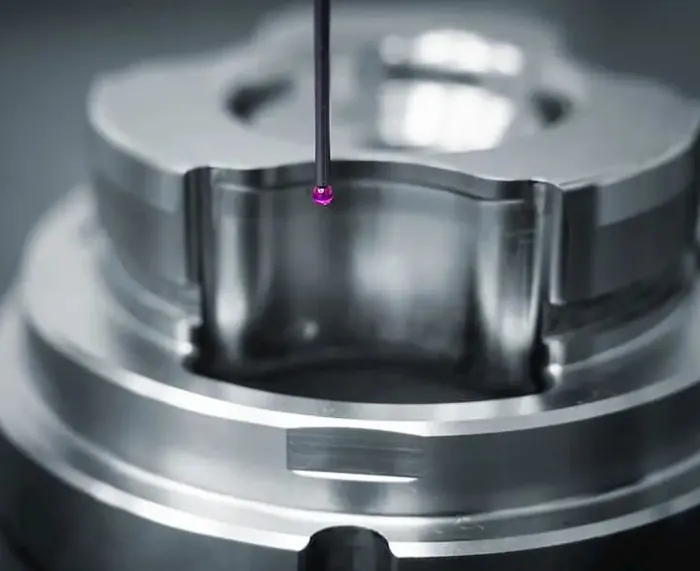
I. Common Tolerances in CNC Machining
In CNC machining, various types of tolerances are commonly used to define the
acceptable limits for dimensional variations. Some common tolerances include:
1. Geometric Dimensioning and Tolerancing (GD&T): GD&T is a symbolic language used to
specify complex geometric features and their allowable variations. It encompasses symbols,
feature control frames, and datums to communicate precise requirements for form,
orientation, location, profile, and other geometric aspects.
2. Linear Dimensions: Linear dimensions specify the permissible range of variations
along straight lines or distances between specific points on a part.
3. Angular Dimensions: Angular dimensions define acceptable angular
variations or orientations between two or more features.
4. Surface Finish: Surface finish tolerance specifies the acceptable
roughness or smoothness level on machined surfaces.
5. Positional Tolerance: Positional tolerance determines the permissible deviation from
true position or location of features relative to specified datums.
II. Why Tolerance Restrictions Are Needed
Tolerance restrictions play a vital role in ensuring functional compatibility and quality
in CNC machined parts. Here are some reasons why tolerance restrictions are necessary:
1. Interchangeability: Tight tolerances ensure that parts can be easily
interchanged without compromising fitment or functionality within an assembly.
2. Functionality: Parts with tight tolerances help maintain precise functionality
by minimizing unwanted clearances or interference between mating components.
3. Performance Optimization: Strict tolerance requirements enable engineers to optimize
performance by achieving desired characteristics such as improved sealing capabilities,
reduced frictional losses, or enhanced structural integrity.
4.Quality Control: Well-defined tolerances facilitate effective quality control processes by
providing measurable criteria against which parts can be inspected for conformance during production.
III.What to Remember When Selecting Tolerances
When selecting tolerances for CNC machining projects,it's important to consider several factors:
1.Design Intent:The intended function,purpose,and operating conditions of the part should guide
tolerance selection.For example,a high-precision aerospace component may require tighter
tolerances compared to a non-critical consumer product component.
2.Manufacturing Capabilities:The capabilities of the CNC machine shop should be considered.
Some machines may have limitations that affect achievable precision levels.
Choosing realistic tolerances ensures feasibility within manufacturing constraints.
3.Cost Considerations:Tighter tolerancessometimes involve additional time,labor,
and resources,resulting in higher production costs.Striking an optimal
balance between functional requirements and cost-efficiency is crucial.
4.Material Properties:Different materials exhibit varying levels of dimensional stability.
Consideration should be given to material properties,such as thermal expansion coefficients,
to select appropriate allowances for dimensional changes due to temperature fluctuations.
5.Application Requirements:Certain applications,such as press-fit assemblies,may require
specific clearance fits that dictate tight positional or size-related tolerancing.
Consulting relevant industry standards,guidelines,and customer specifications
helps ensure compliance with application-specific requirements.
Conclusion
CNC machining relies heavily on well-defined tolerance guidelines for producing accurate and reliable parts.
With knowledge about common tolerancing methods,the significance of restriction necessity,and considerations
when selecting appropriate allowances,CNC machinists can achieve optimal precision while meeting
functional requirements,cost constraints,and industry standards.
Why Choose SAIVS™ as Your Supplier?
1.Superb Quality Control Management
At SAIVS, we take pride in our perfect quality management systems and procedures, which guarantees the excellent performance of all our producs, being a professional Investment Casting | Die Casting| Sand Castingmanufacturer in China.
2.Rich Production Experience
With 20 years of experience in production, SAIVS has a deep understanding of the market and trends, and strives for continuous research and innovation. This has created advantages in both the product's performance and appearance.
3.Competitive Prices
As a Chinese factory committed to becoming the most cost-effective Investment Casting | Die Casting| Sand Castingexporter in China, SAIVS provides high-quality products at advantageous prices. By lowering costs and increasing efficiency, we ensure that our customers receive the best possible value for their investment.
4.Perfect After-sales Service
At SAIVS, we strive to provide superior customer service that meets and exceeds expectations. We are always available for any questions or concerns you may have, and we stand by our commitment to providing excellent after-sales support.
Related Posts
-
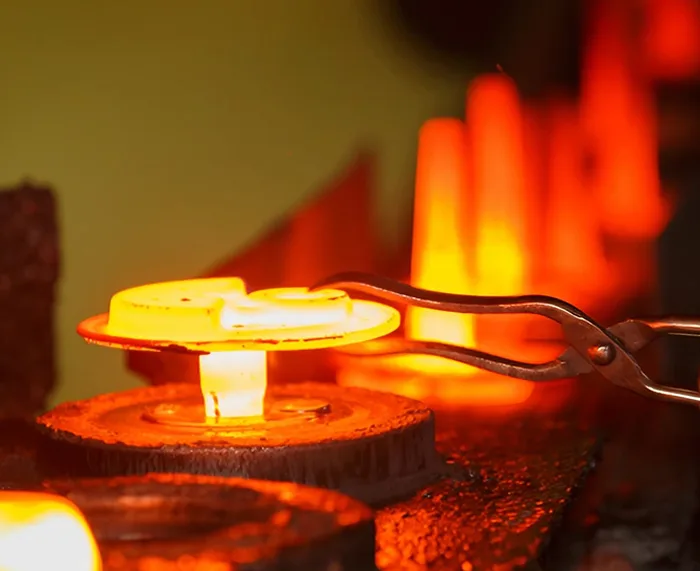
Why Investment Casting Is Crucial In the Aerospace Industry
Investment casting, also known as lost-wax casting, is a process that involves creating a wax model of the desired part, coating it with a ceramic material, and...
-
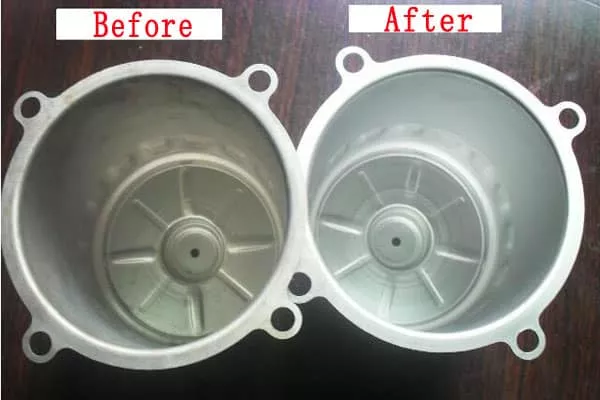
What is the difference between pickling and passivation?
What is the difference between pickling and passivation? Stainless steel castings will have a black scale during processing. In order to improve the appearance ...
-
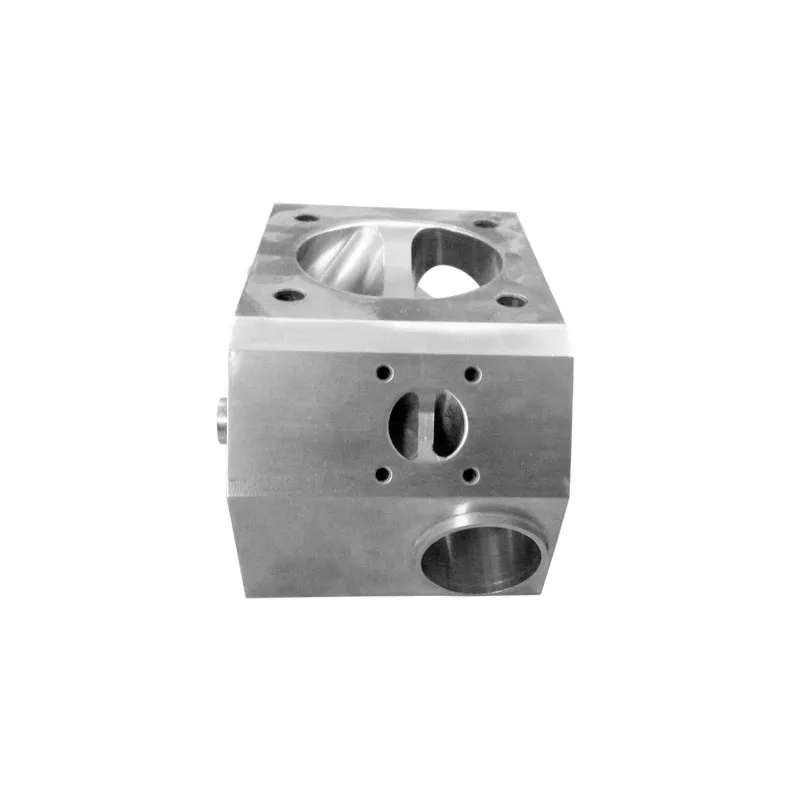
Why should die casting be used for mechanical parts?
Die-casting process is characterized by low cost, good workmanship, and resolving saves resources and energy. The application and development of this material w...
-
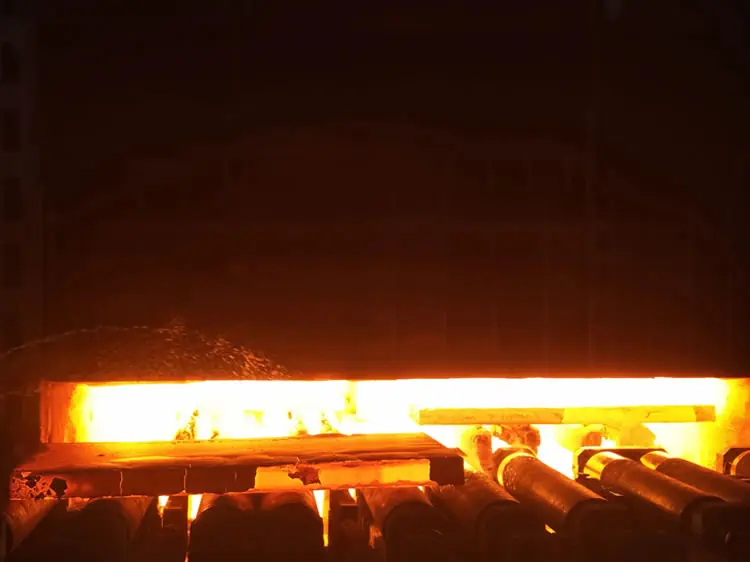
How to reduce the content of hydrogen, oxygen and nitrogen in steel
Minimizing Hydrogen, Oxygen, and Nitrogen Content in Steel: A Comprehensive GuideThe production of high-quality steel necessitates stringent control over t
-
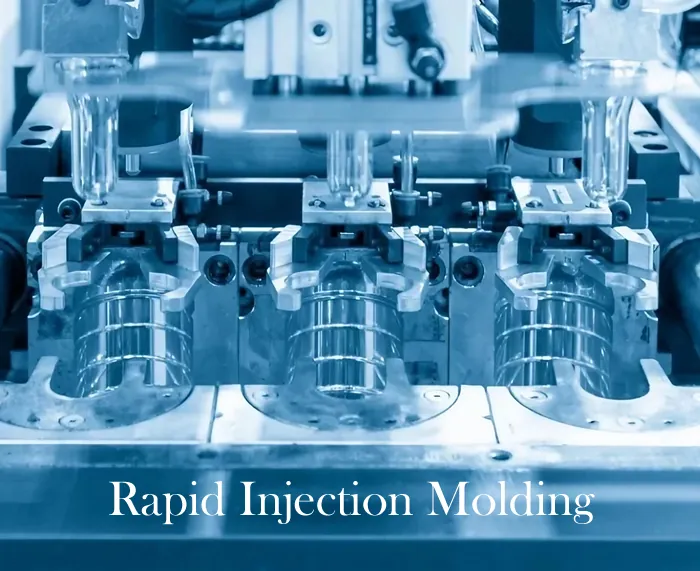
Rapid Injection Molding: A Guide to Fast-Track Production
Rapid injection molding offers fast, cost-effective production of plastic parts in low to medium volumes. Learn about the process, advantages, disadvantages, an...
-
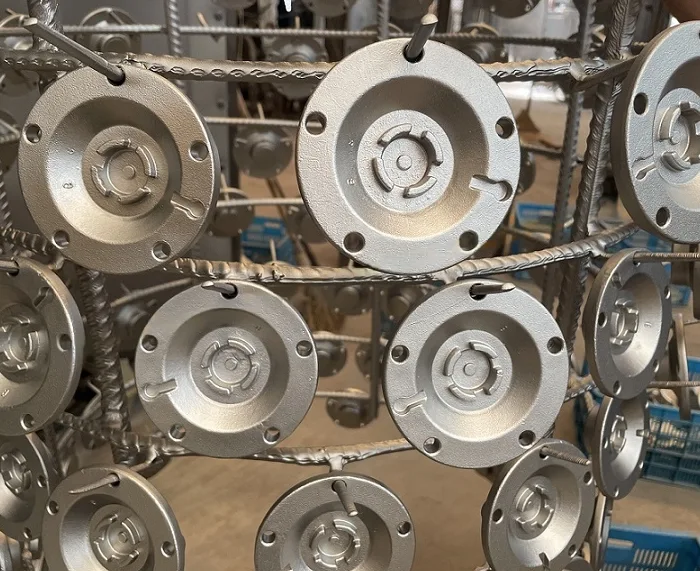
3 Casting Types of Corrosion Resistant Metals
In the world of metal casting, different metals and alloys have varying resistance to corrosion. Selecting the perfect material for your project is a critical d...

